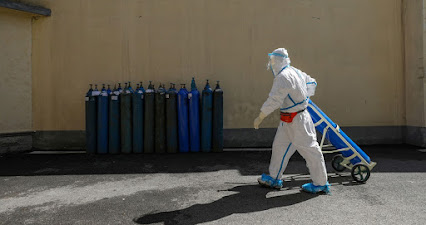Portable Oxygen Systems types and how to use them
A reduced oxygen flow is often caused by various things, like a twist within the tube, a drag with the flow valve or other simple things. For those folks who are close to someone requiring extra oxygen, the primary thing to try to do is to be very observant, without being intrusive.
The second is to be aware of certain tell tale signs of oxygen deprivation so we will react during a timely manner.
Portable Oxygen Concentrators: An oxygen concentrator may be a machine, electrically powered, that extracts oxygen from ambient air, concentrates it at 100% then delivers it to the patient either through a cannula or a breathing device (much just like the other systems). MERHS provide the best poc ones that are smaller and lighter. As they're electrically powered this is often by plugging into the wall plug (or car lighter adapter), also like rechargeable batteries. This versatility is making them very popular with the extra advantage that most brands are looking to increase the battery duration.
Compressed Oxygen -Portable Oxygen Cylinders: The second sort of oxygen delivery system stores compressed oxygen in a cylinder. Portable cylinders are smaller and lighter and therefore easier to manipulate. Portable cylinders weigh from 4lbs to around 8 lbs. they're very practical for brief periods of time (in the house, for example). As oxygen is stored in the cylinder, the oxygen will last counting on the size and amount of compressed oxygen and therefore the flow and delivery rate. These cylinders are refillable.


